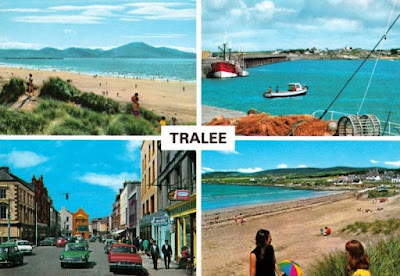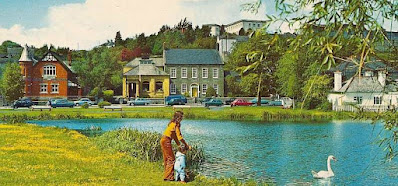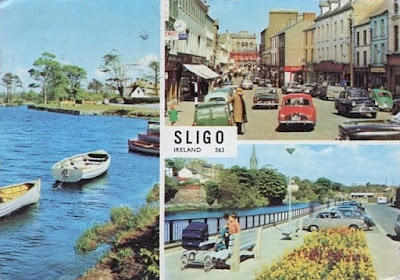The Mayo coastline provides a succession of remarkable views of golden beaches, cliffs and furrowed headlands. Within its rugged borders, pleasant towns and olde-worlde villages abound. The most distinctive feature of Mayo's striking landscape is Croagh Patrick, Ireland's holy mountain, which is climbed each year by barefooted pilgrims in acts of religious devotion. From the bottom it seems cone-shaped, an impression dispelled by climbing to its flat peak. From the start of the trail at Campbell’s Pub in Murrisk, where there is a huge statue of the saint, it is a two-hour climb to the top, at 765 m.
Knock Shrine and Westport House are featured in this card
















